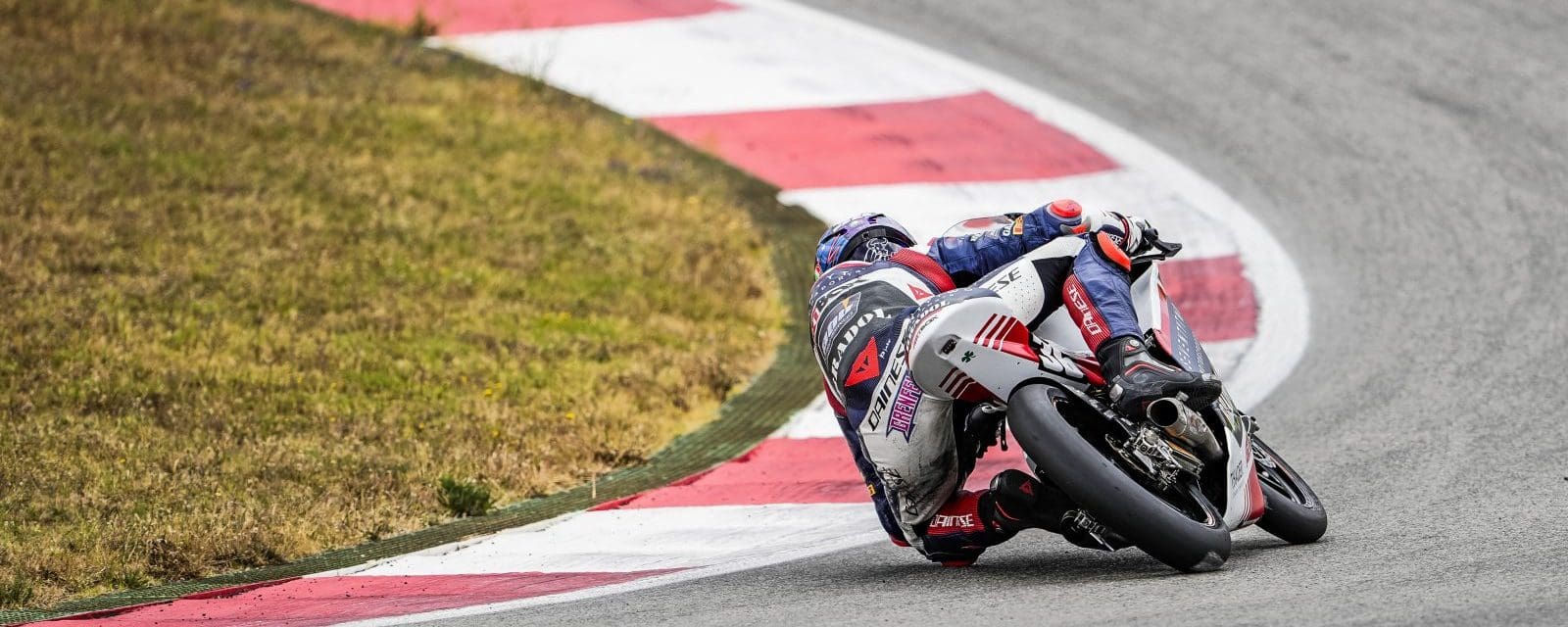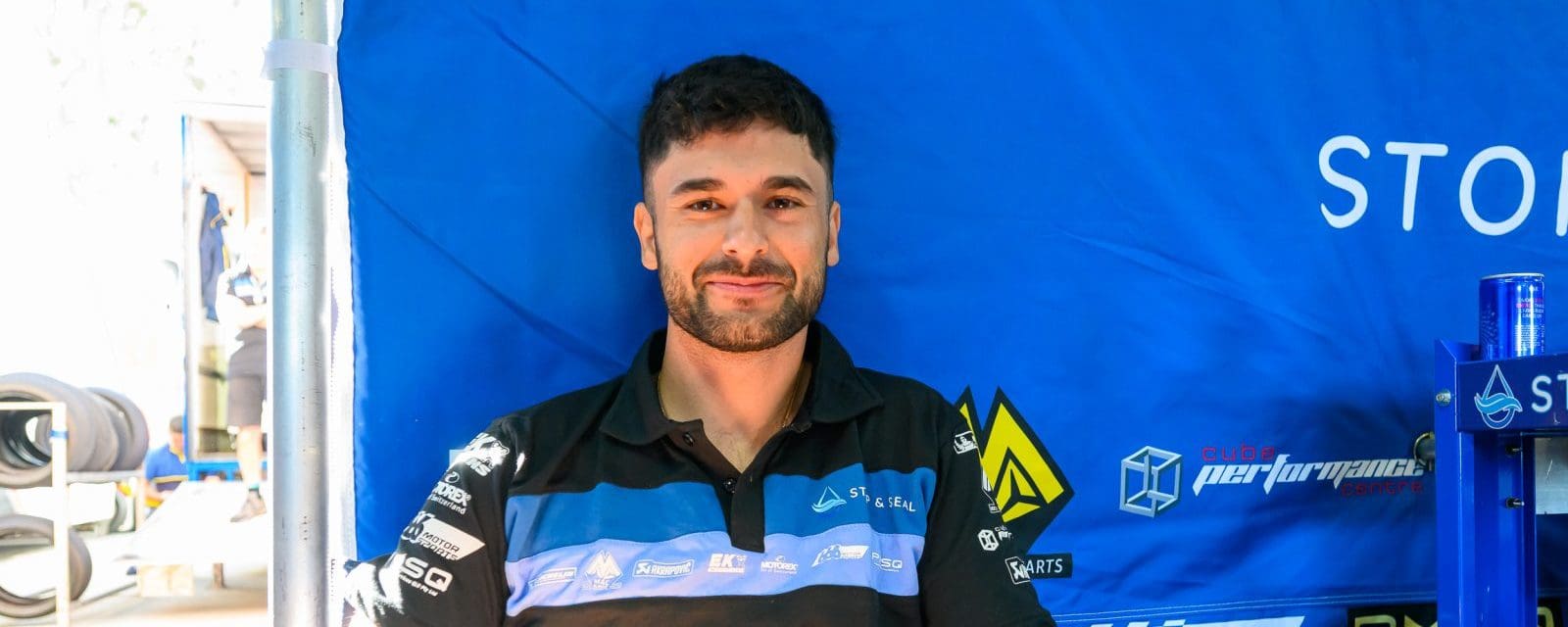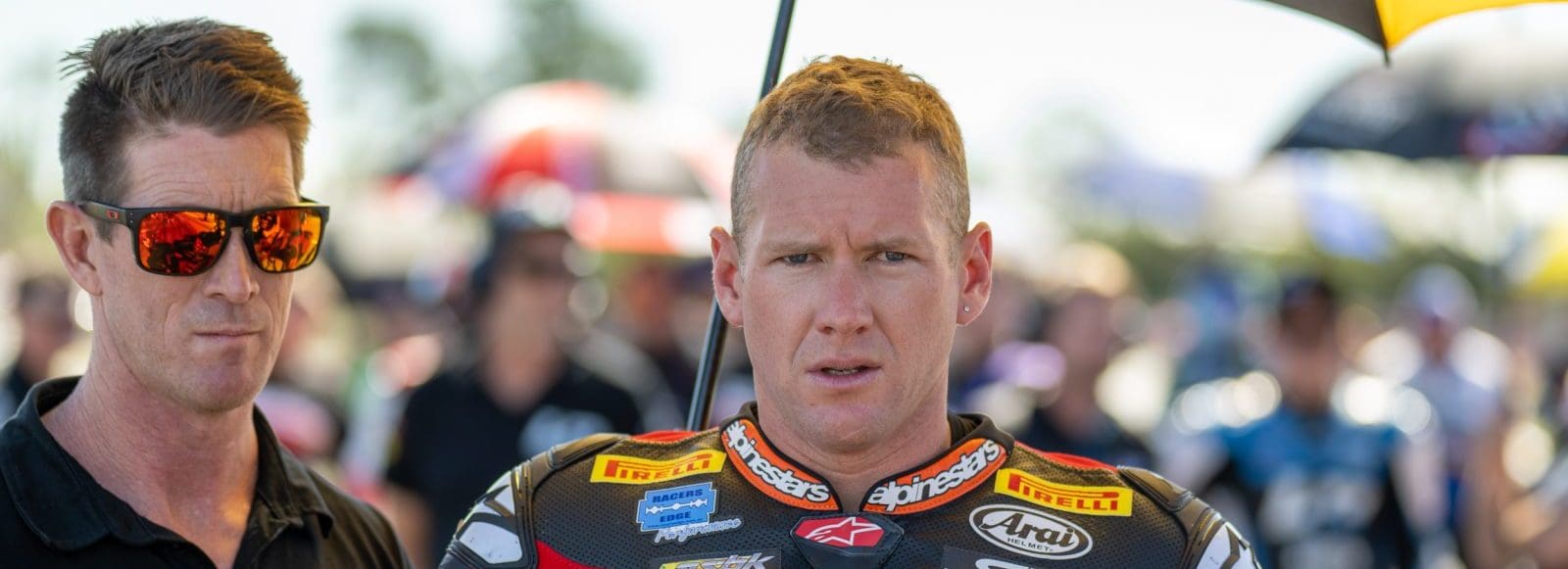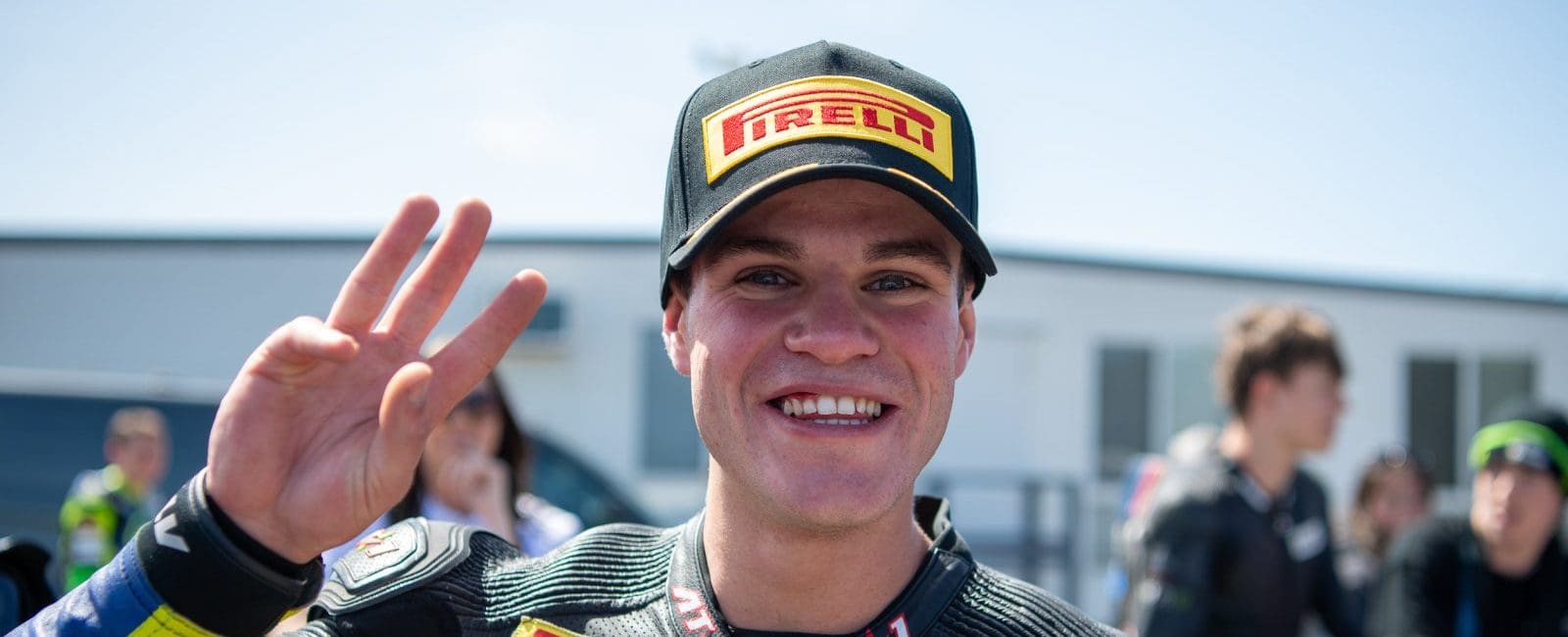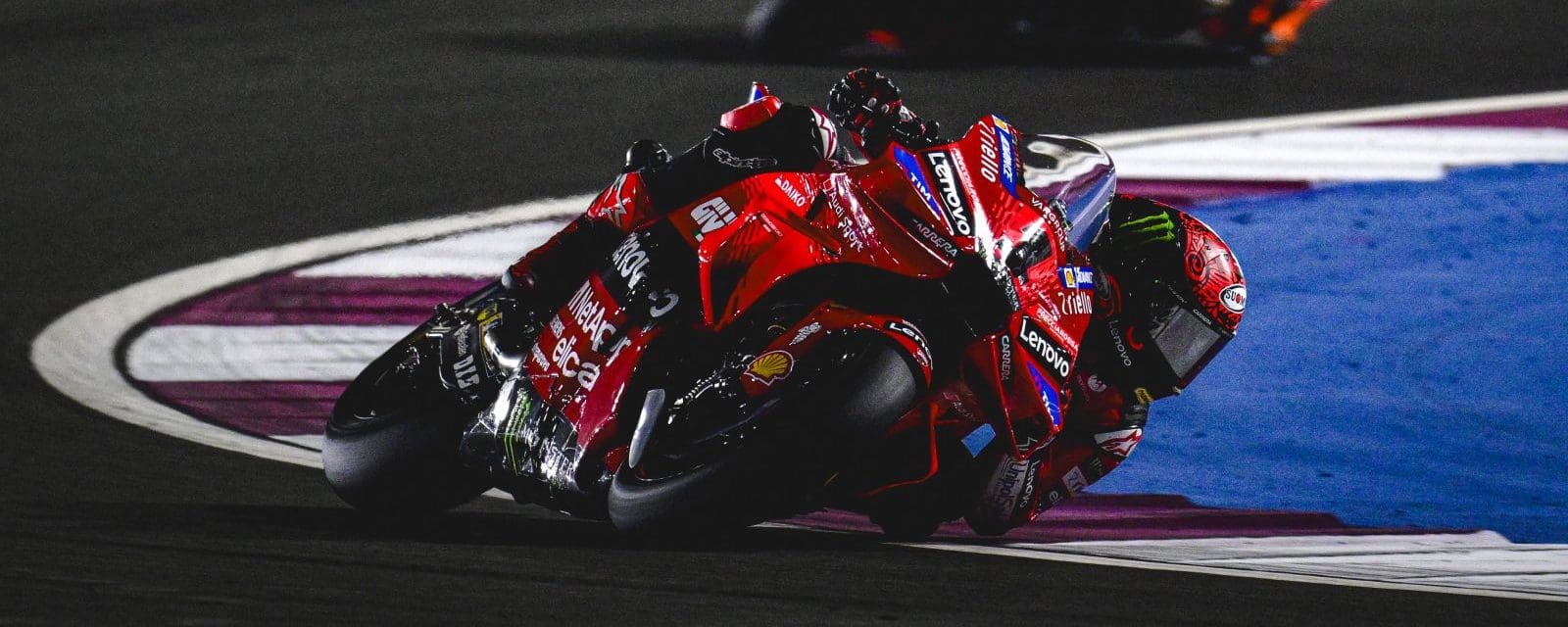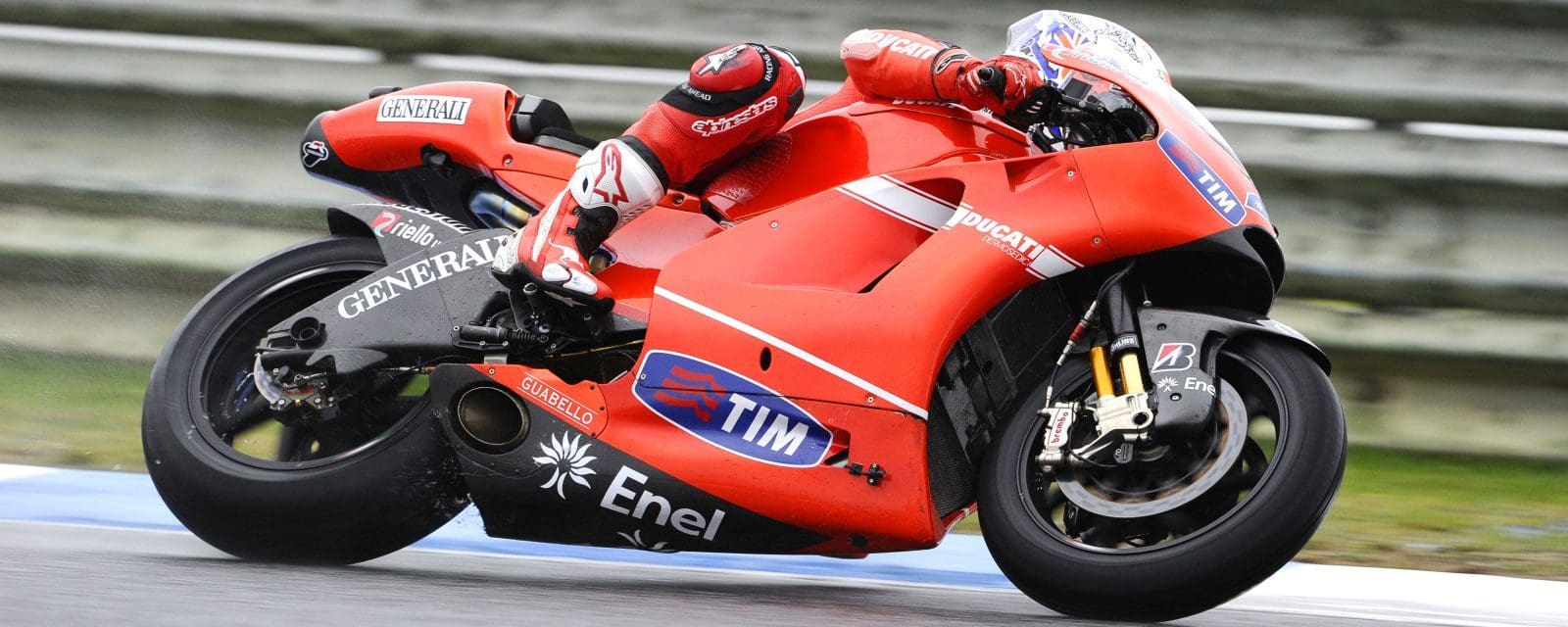Almost a year now into my life as a rider, I love the way it has made me see the world from a new perspective. I’ve started asking questions that never would have occurred to me before. And one question I’ve been asking a lot is, why do we make learners stick out like dogs’ balls?
The obvious answer is safety, so obvious that most people are happy to leave it at that. But as I’ve discovered, when you spend a bit of time in your helmet you start to dig deeper.
So, it’s safer to wear an L-plate because it allows other ‘road users’ to spot you in traffic – it’s in everyone’s best interests that those with less experience are clearly signalled. This is the same logic you apply when you put a big sign up near a traffic hazard advising people to slow down. L stands for Look out.
Good in theory, but in my experience people usually speed up when they see an L plater. On one hand I totally understand – it’s good roadcraft to put distance between yourself and possible risks, and an inexperienced rider, well, you’d have to class that as a risk.
But if we’re honest, there’s more to it than that. It’s also about reinforcing the pecking order: veteran riders and drivers first, learners last. L is for Law of the jungle. Another great thing about riding is the way it holds a mirror up to your own behaviour, and when behind the wheel I have often put my righteous right foot down upon seeing that yellow plate. I also don’t mind admitting that riding around with a big yellow letter (and a Postman Pat vest here in Victoria) has made me feel like a bit of a schmuck. At some point we’ve all sniggered and made that L-sign with thumb and forefinger on the forehead: L is for Loser.
What other reasons are there for making learners wear the traffic equivalent of a dunce cap then? In most areas of life, signalling someone as a learner is a cue for people to help them, maybe give them some guidance. And our Australian roads are filled with people happy to dispense advice, especially along the lines of where to go, or where to stick something. But to be fair I’ve also seen courtesy and politeness.
And that’s another aspect of the L plate: it indicates that you are more likely to make mistakes, so people tend to go easy on you. L is for Leeway. When I attended the licence test earlier this year, one rider asked the instructor if she could continue wearing her Ls even though she’d passed because she liked that lenience; another guy admitted he had already been riding around for a couple of months without his plate or vest – he was sick of being treated like a mobile traffic island.
Interestingly, many countries don’t use L plates, and I’m not just talking about the developing world. In Germany (a nation not renowned for its relaxed approach to rules) they get training out of the way first, then let you ride around without visible restrictions. The English do have L plates, but they also have the rather charming practice of giving out Ps to riders on probationary licences, then leaving it up to them whether they display the plate or not.
If you gave Aussie riders the same choice with their L plates, what do you think would happen? I’m not sure, but it would definitely reflect something about our attitudes to learning, and being a learner. Why should we feel that L stands for Lesser? As a wise man once said to me when I was embarking upon a very different learning process, “I envy you – you have so much to look forward to.”
In the end, the road is just a microcosm of society; you see good and bad and a lot of it is down to how you take it. Really it’s up to you what L stands for. And while I don’t wear the plate any more, I still proudly wear the tag and look forward to learning every day. Never mind the three years of LAMS restrictions ahead, I’m just stoked to be riding on two wheels solo.
L is for Loving it.
By Mark Vender
